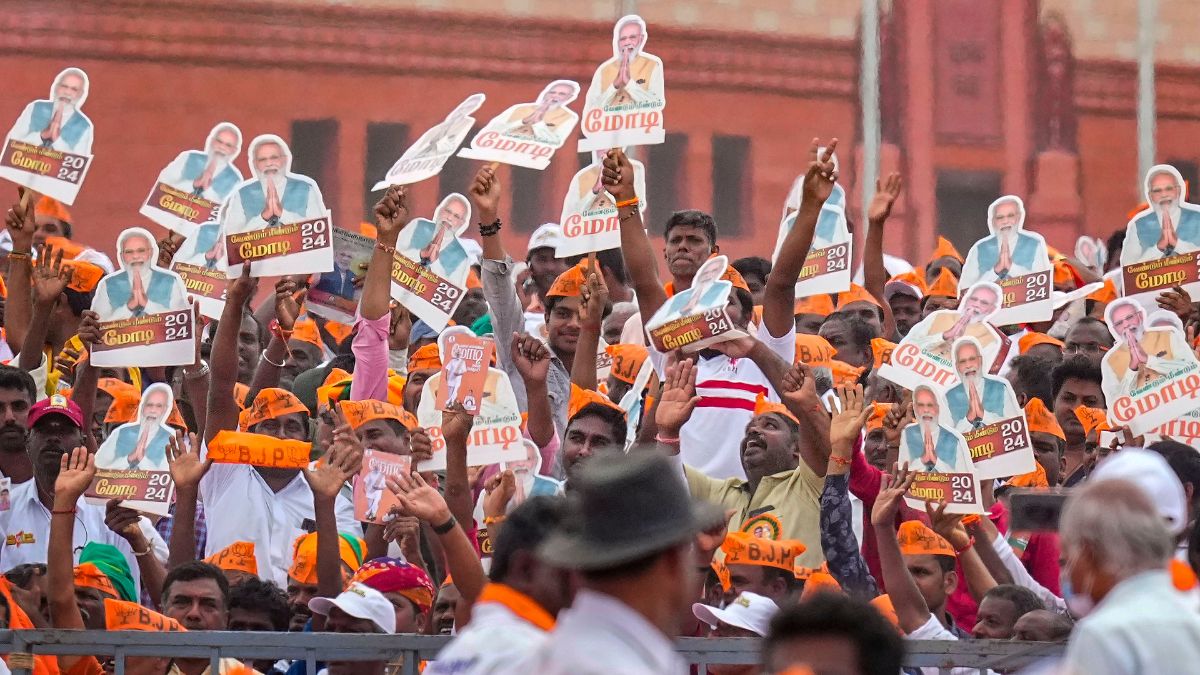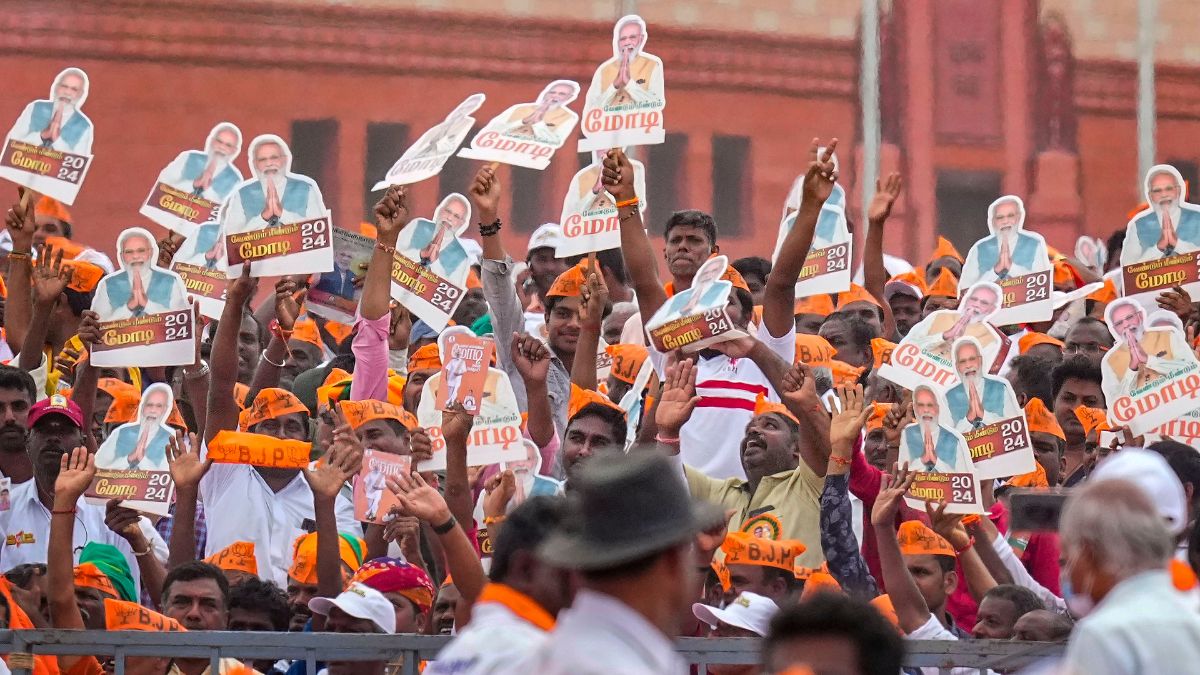According to a study conducted by Gamesbond.in , 80 percent of the highly skilled mobile game developers in India working for the local branches of global media houses and studios feel that there are limited opportunities on the domestic front. About 61 per cent of the developers feel that limited avenues for distribution and monetisation forces the studios to release the games through the internet, resulting in loss of revenues.
22 per cent of the developers feel that there is a requirement for structured financial support for the Indian gaming industry. Investors are reluctant to invest in games domestically, despite the potential for profits. 80 per cent of the game developers felt that they were better off developing for the games targeted at North America and Europe, to benefit more from the monetisation opportunities in those markets.
The mobile gaming market in India
There has been a dramatic jump in the number of mobile gamers in India. The gamers are spread across rural and urban India. The gaming market is very substantial and a big one in India, with a lot of room for niche games. Both sophisticated and casual games work in India. We spoke to Anshul Singhal, Vice President, Products at Gamesbond, operated by Mauj Mobile on some of the challenges faced by game developers in India, and the steps that developers can take to overcome these challenges.
“It is a big audience, with the opportunity to quickly scale to a million users” says Singhal. Although the market is big, the yield per application has a downward trend. There is a requirement for new applications to acquire customers at a cheaper rate. The cost of getting new customers is going up. Singhal says that the way to crack the market is with “the right kind of publishers, focused on a good game, and marketing it.”
There is a requirement for fine tuning the offerings according to the urban or rural market in India, according to Anila Andrade, AVP Operations at 99Games . 99Games makes blockbuster IP titles including the mobile games for Sultan and Dhoom 3. “Urban Indians are already well versed with games, spend a good amount of time playing games that are casual and global. They are acquainted with high production quality games, play in groups and compete with friends,” Andrade says.
Urban Indians tend to play games such as Candy Crush, Temple Run, Subway Surfer and use social features such as clans and leaderboards. Rural India requires a different kind of approach, Andrade explains, “several factors come into play – the games must be small sized, local themed (think Bollywood, Cricket, Teen Patti), must be off-line preferably.”
Why monetisation is a problem
50 per cent of Indian gamers have a budget of Rs 200 or less to pay for mobile games. 39 per cent of the mobile gamers are students, with 33 per cent being employed or self employed professionals. The demonetisation of high value currency notes, and the push for a cashless economy is bound to help the sector eventually. There were problems with payment gatweways and credit cards so far, which was seen as a complicated process for making transactions.
Direct carrier billing was available only in a few places. Additionally, bandwidth is a constraint. Once the decision is made to download the game, if it is not downloaded immediately, the customer is likely to lose interest. Ninad Chhaya, Co-Founder and COO of GoPhygital , a startup that makes educational and lifestyle experiences, says “Ad supported games have a problem generating revenue because of the heavy dependence on bandwidth. Availability of network connectivity hampers in app purchases once the game has been downloaded.”
Andrade says “Game Monetisation can happen primarily via In-app purchases and Ad integration.” The choice of ad platform, how integrated it is to the game, and the relevance to the target audience makes monetisation easier. However defining price points for prepaid, postpaid and credit card transactions is a challenge. “DCB (Direct Carrier Billing) is slowly slowly gaining momentum on the Google Play Store with Idea, Airtel and Vodafone currently making way.”
While direct carrier billing does stand to benefit developers, and encourage more transactions, consumers tend to have a nominal amount of money stored in their pre-paid accounts, and Google Play store reducing the minimum amount for games and IAP will help developers create more fine tuned offerings for the Indian market. Google play reducing the minimum amount of transactions to Rs 10 stands to benefit game developers.
Google Play creates a demand and supply mismatch because of the way it features the applications. Only a fraction of the games made for Indian audiences gets featured on the Google Play store. 30 per cent of the developers feel that it is critical to get featured on the Google Play store, or their game will die. The situation creates a strong case for developers to rely on third party application storefronts, as it is easier to get featured in the top spots in alternate app stores.
Attitudes towards gaming
When pushed to pick between a domestic market and a foreign market for a new mobile title, Singhal says for now it is the western market that offers more opportunities for monetisation. Pratik Luharuka, Co-Founder of Pixel Drop , makers of a refined casual experience known as the Game Quantum says stats alone prove that the western market has more opportunities for game developers.
“If you look at the statistics of the App Store as of Oct 2016, China and United States are the top 2 countries in game revenues where as India does not even feature in the top 10 (Ranked 19th). Android is a complete different market all together. Although the Google Play Store wins against the App Store in terms of pure downloads it lacks far behind in the revenue side of things. Monetization on the Play Store is heavily dependent on in-app advertisement.”
However, Luharuka goes on to add, “But, having said that we firmly believe that it is not necessary to have the content and theme of your game purely inspired by the western culture. Our local culture and heritage is rich enough to woo audiences from all around the world and if done right, definitely has the potential to do well in these top tier countries. Tuta Tuk Tuk is our upcoming game that moves forward on this belief. The game will take players through the various beautiful and mystical cities of India, celebrating the various monuments and architecture found in our amazing country. We are confident that it will attract the attention from audiences worldwide.”
Smartphones have opened up the available customer data base much beyond the traditional gaming market on consoles and computers. Anyone can play a game on a smartphone, and not consider themselves a gamer. Users have the freedom and liberty to play demanding and involving titles such as Clash Royale, or pick one of the simple casual titles such as a match 3 game, or an endless runner. Chhaya says that “Gaming is still considered a frivolous activity in India. It will change by the next generation.”
The approaches needed by game developers
EA enjoyed particular success in India, and the studio in Hyderabad makes and adapts games for technologies used in India. The platform and handset support is impressive. The success is because EA fine tuned its offerings for India. This means taking into account the kind of devices used, the bandwidth availability, and other local conditions.
Most of the smartphones sold in India are in the low end segment. 65 per cent of the devices in India cost less than Rs 10,000, and are in the low end or entry level segment. More than 40 per cent of the devices have less than 8GB of on board storage. This means that games meant for the Indian market have to be small in size, and efficient in terms of resource use. At times, developers have seen crazy specifications such as 512 MB RAM and 512 MB ROM on some phones.
A standard unity game is around 20 MB. There is a requirement to invest in core technologies and engineers to optimise a game for Indian markets. There is a need to make games for India, which requires more effort than importing publicly available resources into a game engine such as unity. There are some studios in India who do put in the kind of effort required, where the first quarter is spent just understand the game and what kind of audiences it has.
Developers need to target retention levels and use various methods to get to these targets. If there is less than 20 per cent retention on day one itself, then the game is bound to fizzle out. Granular tracking of the performance of the game over time will give developers an idea of which direction the game needs to grow in. Intellectual Property based games are a good way to get traffic, but bad games that are IP based do not help anyone.
The Indian smartphone gaming market is a huge opportunity in terms of market size. Game developers aiming for success in this market just have to be aware of the unique challenges, and create tailor made experiences that will click in the market. Although there are limitations in terms of capabilities of devices, and the monthly budget for games, developers can still enjoy success in the market through high quality titles engineered for India.


)




)
)
)
)
)
)
)
)